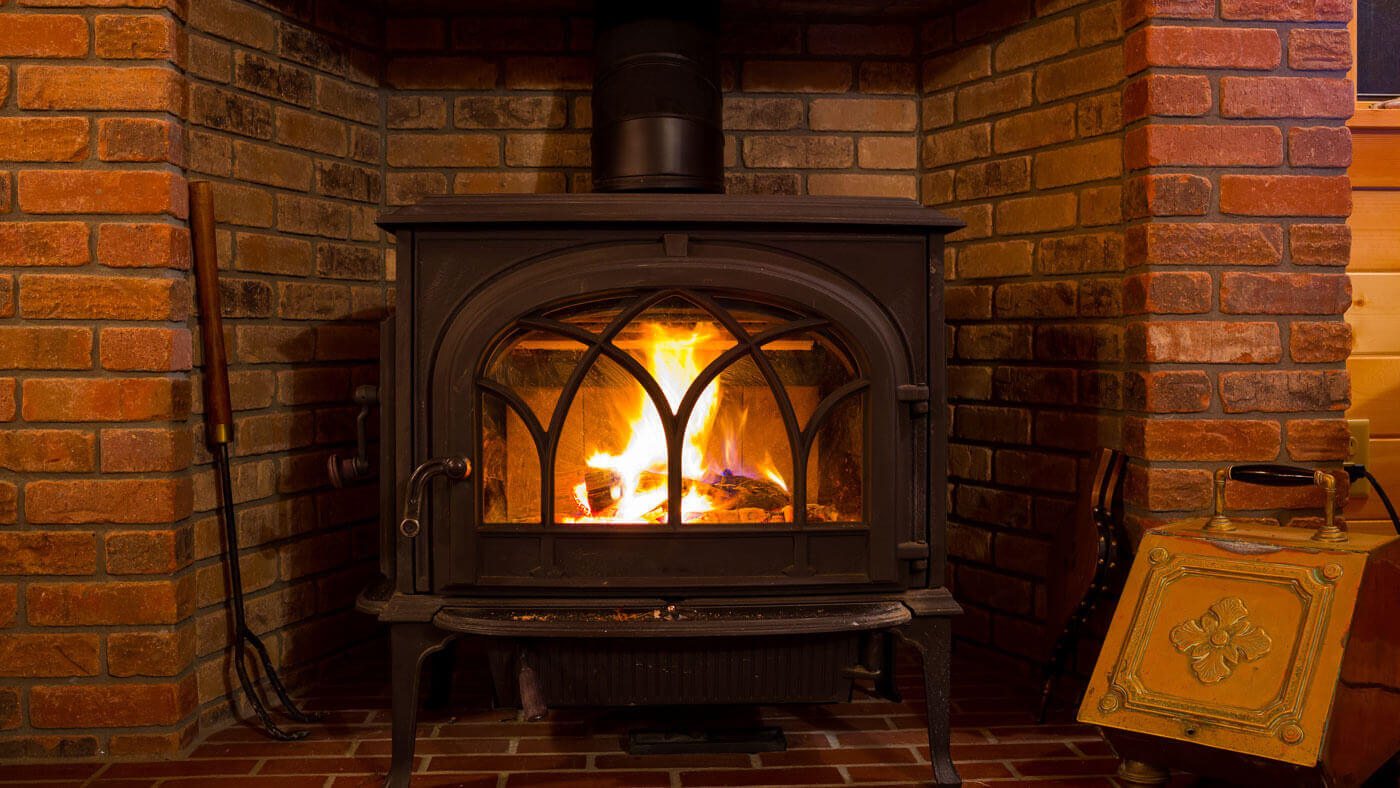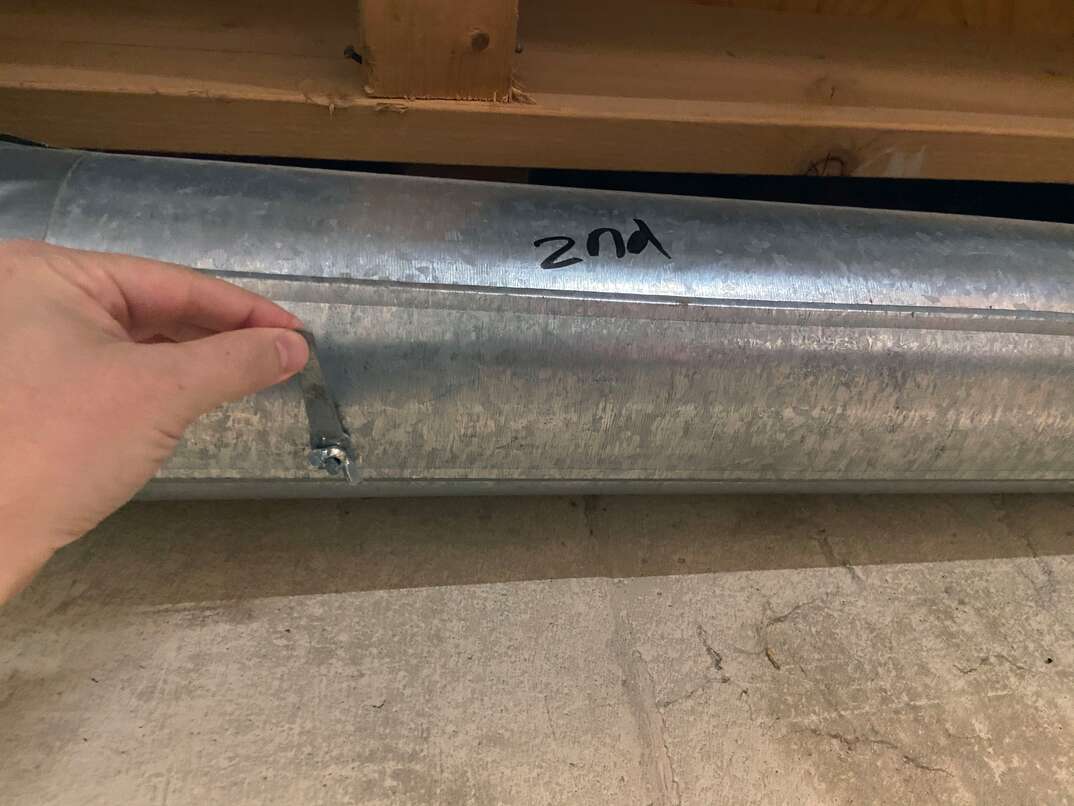Wood-burning Stove and Fireplace safety

Virtually every home has some source of heat to combat the winter chill. The most common of these are fireplaces and wood-burning stoves. While the warm glow of a dancing flame is the perfect way to cozy up in the colder months, it can also present a real hazard.
Here are a few basic safety tips you can implement while using your fireplace or wood stove this winter.
Fireplace Safety
The best tactic for making sure your fireplace is safe to use for the winter season is to have regular visual inspections – both inside and out.
One place to start inside the home is to make sure to clear the area around the fireplace of any combustible material. (This can include wood chips, papers, spare logs, matches or anything else commonly used to start or fuel hearth fires.) Sparks from a fire may fly out of the fireplace and catch on these items, so clearing them away can reduce the threat of a house fire.
If using a gas fireplace, make sure the flame burns blue. A yellow or orange flame is a sign that something is wrong, and that you need to contact a licensed technician immediately.
Finally, always open the damper before lighting a fire. Don’t shut it until the ashes are cold to avoid the risk of a burn.
Fireplace Ventilation
Proper fireplace ventilation is essential to fireplace safety. When looking outside, be sure to inspect the chimney cap, since it keeps foreign objects out of your home while preventing hot embers from flying out of your chimney and on to your roof. You should also check above your fireplace to assess whether the mortar is intact and to ensure there is no physical damage.
Next, check the integrity of the chimney plumb on the roof to make sure it has not begun to tip to one side. A tilting chimney is a sign of a bigger structural problem and requires immediate inspection.
If you have household equipment that vents carbon monoxide, be sure not to run it while using your fireplace. Make sure the vents in each room of your house are open as well. This will prevent any gas or fumes from getting trapped and accumulating inside a single room. Check out these 5 tips for carbon monoxide safety.
Wood-burning Stove safety
Using a modern-day wood stove has many advantages over traditional models. The newer models use high-grade glass ceramic on the front, which can withstand higher temperatures than other materials and allow for 26% hotter burns. They’re also much safer than open wood stoves to boot.
When installing a wood stove, carefully read the guidelines for proper installation. Pay special attention to how much clearance space around the wood stove is required, as this is designed to prevent nearby combustible materials from inadvertently becoming set ablaze. If operating in small spaces, walls will require heat shielding for protection in cases where adhesion of installation clearances is not possible.
Proper wood-burning stove maintenance is important. One tip is to make sure to clean the wood stove properly to remove all ash before you use it for the first time in the winter, as well as before each subsequent use through the season.
The chimney used with a wood-burning stove must be mason-built or manufactured in a factory. You cannot use metal chimneys or single-brick chimneys as they deteriorate and may pose a fire hazard over time. Older homes that have double-bricked chimneys should be inspected for any deterioration in the lining or loose mortar before using a wood-burning stove.
If using coal in your stove, do not use a metal chimney as the fumes from the coal will corrode the metal almost instantly. In this case, your metal chimney will need to be uninstalled and inspected.
Do not under any circumstances use a smoke duct that has previously been used with an oil burner. The unburned vapors will ignite backwards into the wood-burning stove and into your home.
Wood-burning Stove Ventilation
You must employ the use of a certified stovepipe to vent the fumes from the wood burner into an approved or factory-built chimney. Make sure to keep the stovepipe clear of all combustible materials. When installing, make sure the stovepipe has no more than two right-angle bends along its length, keeping the venting distance as short as possible. Also ensure the stovepipe is correctly fitted over the wood stove so no fumes leak into your home.
Finally, when it comes to fireplaces and wood-burning stoves, there are 2 final things to consider:
Wood choice:
Most experts suggest using hard woods that burn hotter and longer, as they emit fewer fumes compared to wet woods. Cut, split and dry the wood well for a whole year before burning, or buy fireplace wood that is manufactured for burning.
Cleaning:
It’s important to make sure to clean your chimney before you start using it to rid it of accumulated soot. For wood stoves, you can clean burners properly with a wire brush. Do not use abrasive chemicals on the stove or chimney. Keeping your wood-stove and chimney clean will keep your home free of harmful gases. It is always a wise choice to get your chimney cleaned professionally to avoid the build-up of tar and creosote.
Following these guidelines when using your fireplace or wood-burning stove can help to keep your home and family safe throughout the long winter season.
When preparing for winter home heating season, it’s best to have a plan. One good planning idea for the future is to have a heating system home repair warranty.
For more information on the plans from HomeServe that are available in your area, enter your ZIP Code here.


